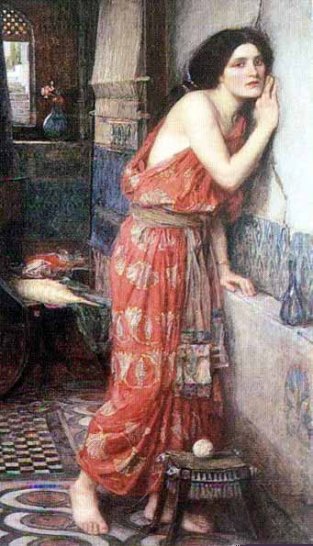Pyramus and Thisbe
Pyramus (Πύραμος) and Thisbe (Θισβη) were lovers in Assyria. Their families were neighbours, but were rivals. Both families refused to allow them to marry. A wall was built to separate the two young lovers.
One day the pair agreed to meet at night at the tomb of King Ninus. Thisbe arrived early, but was frightened away by a young bloody lion. In her haste to flee from the lion, she dropped her cloak. When Pyramus arrived, he thought the lion had killed Thisbe. In despair, Pyramus killed himself with his sword. A mulberry tree grew from the pool of his blood.
Thisbe returned to the tomb to find her lover, dead. Inconsolable, Thisbe laid on top of Pyramus before using the same sword on herself. Their parents had them burnt on the same pyre and placed in a single urn.
The tale of Pyramus and Thisbe was one of the works that inspired William Shakespeare to write the tragedy called Romeo and Juliet.
Related Information
Sources
Metamorphoses was written by Ovid.
Related Articles
N/A
By Jimmy Joe






